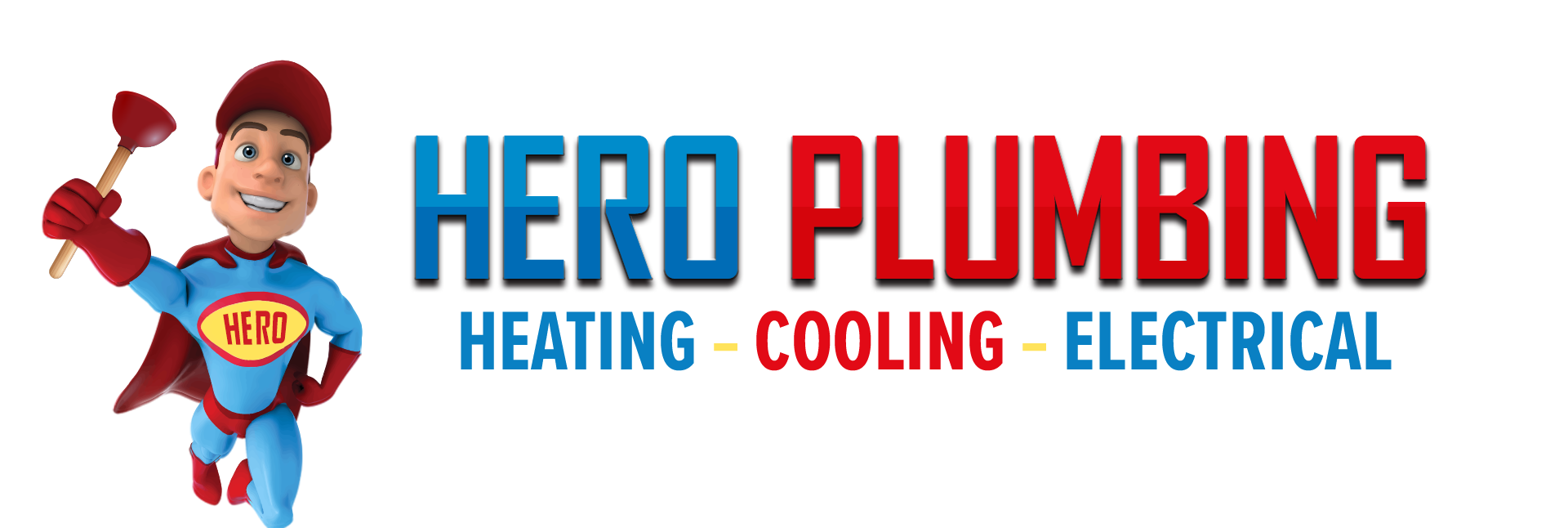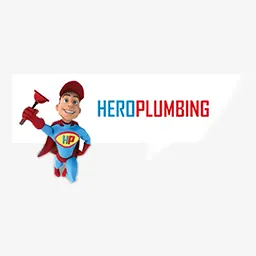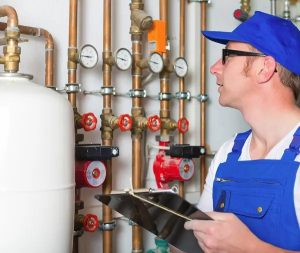Table Of Contents
Pipe Inspection
If you have a broken pipe in your property in Australia, you should ensure the problem is fixed instantly. Delaying repairs will escalate the issue and could potentially cause your entire plumbing system to break down. Since most of the pipes are buried beneath the ground, working on them is complicated.
When you have broken or damaged sewer pipes, you can choose to either replace or reline them. Pipe relining is a more advanced and modern way to repair piping systems. To help you understand the two methods, this article looks at pipe relining vs. replacement.
What Is Pipe Replacement?
Pipe replacement is one of the methods applied in the repair of blocked or damaged pipes in residential or commercial properties. This process involves digging trenches and removing slabs and all other things above ground to locate and replace the blocked drain.
Thus, the entire piping area is accessed during the replacement process. The pipe replacement method is usually applied if there are several blocked or damaged pipes in your plumbing system. During the process, your plumber performs a pre-excavation assessment of the site to ensure that any present electricity and gas lines won’t be disturbed during the replacement process.
The blocked or damaged pipes are precisely spotted to guarantee that only the required area is dug up for the replacement. The assessment ensures that the pipe replacement process is less disruptive and highly efficient. After the evaluation, the digging process begins. The location of the pipes determines the depth of the trenches to be dug.
All the necessary safety measures are observed around this site. The digging can be done using hands or excavator machines. When the area is excavated, the damaged pipe is removed and replaced with a new one. Although it’s possible to repair the damaged pipe, the issue might recur, and the excavation will have to be redone again. This is why replacing the pipe with a new one is highly recommended.
What Is Pipe Relining?
When repairing damaged or blocked pipes, you can also consider pipe relining. Pipe relining does not involve digging trenches to access and repair the blocked or damaged pipes. With this process, your plumber creates a small entry hole to access the pipes. The major strength of pipe relining vs. replacement is that relining is more cost-effective in repairing damaged pipes.
CCTV drain cameras are utilised to inspect the pipes and determine whether they are ready for relining. If they are, the pipe is cleaned out. Your plumber will either use a hydro jet or an electric drain cleaner. An epoxy resin-covered tube is then put into the broken pipes and inflated during the process. The resin is referred to as a pipe reliner.
When the tube is flush with the pipe walls, the resin adheres to it, forming a strong protective coat inside the damaged areas of the pipe, sealing it. The resin should be allowed to cure, making it hard and forming a great seal inside the pipe.
Pipe Relining Vs. Replacement: Which To Pick?
With broken or blocked pipes on your property, you need to look into relining vs. replacement and decide which choice is ideal for you. To make a more informed decision, you need to understand the pros and cons of each method.
Advantages of pipe relining
Here are some benefits of pipe relining vs. replacement.
Cost-effectiveness
Pipe relining is more cost-effective than pipe replacement. Pipe replacement usually takes more time and is more labour intensive. The process involves reinstating the surface finish after doing the pipe repairs. As a result, the project would cost you more money. Relining is also more cost-effective because it doesn’t require excavation, and the relined pipes offer long-lasting results, doing away with the need for frequent and costly repairs.
Offers better results
Pipe relining offers more effective results than replacing broken or damaged pipes. In pipe replacement, you pay your plumber to dig gardens, dismantle walls and remove the concrete slabs to replace the damaged or broken pipes in your residential or commercial property.
On the other hand, your plumber creates a single hole measuring approximately a square metre in pipe relining. In addition, the tubing applied is cost-effective compared to installing new pipes.
The pipe relining process is also more convenient since there is no disposal of old pipes after the job is completed. With pipe relining, you get results lasting up to fifty years. The relined pipes are stronger than new PVC pipes and cannot be penetrated by tree roots.
Involves minimal damage to your property
Pipe relining involves minimal damage to your garden or backyard compared to pipe replacement, which requires excavation to replace the damaged pipes. With pipe replacement, you need to clean up after completing the job because of the debris involved in the excavation process. So, if you opt for pipe replacement, you should also include landscaping and repair costs in your budget.
Faster and quieter
The pipe replacement process can be noisy, obstructive, messy, and costly. The process affects the areas where the pipe is located and other parts of your property, such as the backyard, fence lines, and entire landscape. On the other hand, pipe relining is relatively quiet, fast, and does not cause any obstructions. The process results in new pipes with no debris involved.
Disadvantages of pipe relining
Pipe relining cannot be applied in certain situations. You cannot do it in instances where your pipes are massively damaged. For example, the relining solution cannot mould into a great structure if your pipes are damaged with significant internal gaps. Moreover, this process cannot work if your pipes have severe root damage or are significantly displaced.
Advantages of pipe replacement
Here are some significant benefits of pipe replacement compared to pipe relining.
Can be applied in all situations
One of the most predominant benefits of pipe replacement is that you can do it in all areas and situations. It is a perfect solution even if your pipes are extensively damaged since they are removed and replaced with new ones. This is unlike pipe relining, which cannot work on extensively damaged pipes.
The old pipe is completely replaced
You have a completely new pipe installed into your system with pipe replacement. The old pipe is replaced with a new one making the system more efficient. The new pipe will work more effectively and last for many years without damage. This is unlike relining, in which only a tiny section of the pipe is repaired.
Allows for better pipe inspection
Pipe replacement involves making a trench along with your piping system. With the trench, your plumber is better positioned to inspect your plumbing system and detect all the issues that may be affecting its performance. As a result, it is easy to see tree root damage and even pest infestation in your system.
Disadvantages of pipe replacement
Pipe replacement has several disadvantages over pipe relining. Here are some of the drawbacks:
Takes more time
Pipe replacement takes more time to complete because of the many tasks involved. The process begins with the location of the damaged pipes using an electronic pipe device. Once your plumber finds the pipes, they mark the spot and continue locating other pipes that require replacement.
As soon as your plumber locates all the damaged pipes, they get back to the start of the project to start cutting and removing fixtures, drywall, and other finishes to access the pipes. Therefore, the process takes more time and requires more manpower than pipe relining.
Costlier than pipe relining
The replacement process requires more time, workforce, and materials, leading to higher costs. Pipe replacement costs include the price of labour to locate, remove and replace the pipes. You will also need to hire another contractor to help replace your flooring, finishes, ceiling tiles, and fixtures, leading to higher costs.
High chances for errors
When you choose to replace the damaged pipes, there are high chances of making installation errors. There is more room for making errors, including under and over tightening the fittings, using the wrong fittings, or installing the wrong type of pipes leading to future leaks. Note that some mistakes can lead to further damage to your piping system that can be costly to repair.
Causes inconveniences
While your plumber is replacing the pipes, you will face a lot of inconveniences on your property. You won’t have water access, meaning you cannot flush your toilet, wash your hands or perform other tasks that require water. If it’s in your commercial property, your tenants must go without water for several hours or days before the replacement work is completed.
High risks of property damage
There is a high risk of your property getting damaged during the pipe replacement process. The excavation done can result in damage to your landscape and can also affect the strength of your house foundation. If such damages occur, you also spend more as you do the repairs adding to the costs involved in the process. This is unlike pipe relining, in which there are minimal impacts and fewer risks of any damage occurring on your property.
Which Method Should You Choose?
Now that you have the necessary understanding of the pros and cons of pipe relining vs. replacement, you can select the method that best suits you. It is essential to understand that the option you choose should be determined by the extent of your piping system damage. If there is extensive damage, pipe replacement is the best option for you.
However, pipe relining has more benefits than replacement. It’s an excellent method to repair your pipes fast within a day. It is also more cost-effective since it does not involve a lot of work that adds to the cost.
As previously discussed, only the access point is dug to access the damaged part, making the process less disruptive to your landscape and garden. This also ensures that the process doesn’t cause any damage to your residential or commercial property.
Choosing Pipe Replacement Or Relining
Whether you opt for pipe replacement or relining, your focus should be on getting high-quality results and a long-lasting solution to your piping system’s problems. The best option is to work with the best plumbing company in your locality. You should work with a company with a good reputation and vast experience in offering high-quality pipe repairs and replacements.
With their immense knowledge in the industry, the plumbers can advise on whether to go for pipe relining or replacement depending on your specific piping problem. A good plumbing company can also advise you on how to avoid future recurrence of pipe blockage and damage.











